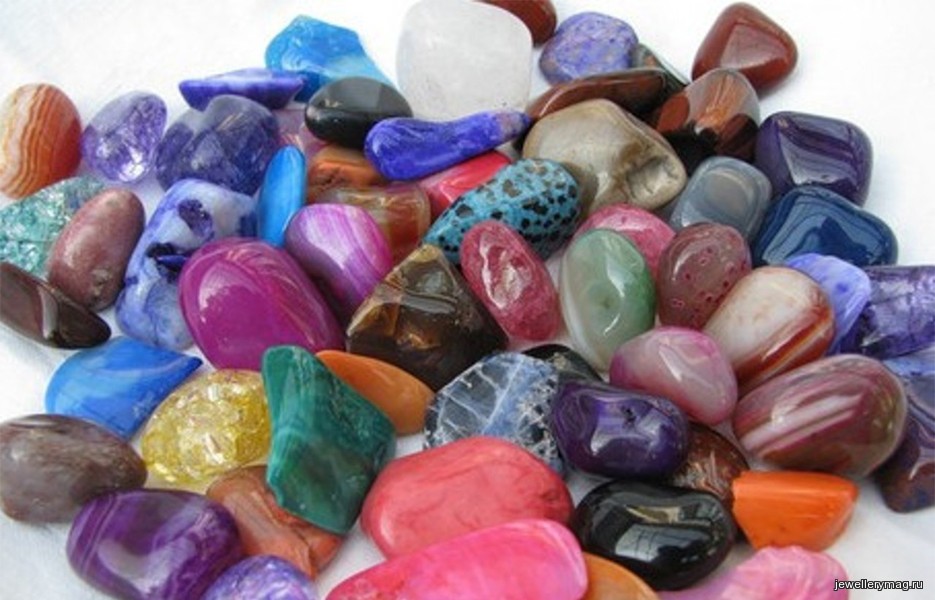
History and origin of lithotherapy
The word lithotherapy comes from the Greek terms "lithos(stone) and "therapy» (heal). Denotes the art of stone healing. However, if the etymological origin of the word "lithotherapy" is easy to trace, then the same cannot be said about the historical origins of this art, the roots of which are lost in the mists of time. Stones and crystals have indeed accompanied humanity since the creation of the first human-made tool and are still used in the latest technologies…
Prehistoric origins of lithotherapy
The history of the use of stones as healing tools is too old to be traced with certainty. However, we do know that between 15000 and 5000 BC cavemen manipulated stones in all the activities of their daily lives. The stone “was worn as an amulet, figurines were made, erected in megalithic temples: menhirs, dolmens, cromlechs ... There were calls for strength, fertility ... Lithotherapy was already born. (Healing Stones Guide, Reynald Bosquero)"
2000 years of lithotherapy history
In ancient times, the Aztec, Maya and Inca Indians carved statues, figurines and jewelry from stone. In Egypt, the symbolism of the colors of stones is organized, as well as the art of placing them on the body. In China, in India, in Greece, in ancient Rome and the Ottoman Empire, temples and statues are erected among the Jews and Etruscans, jewels adorned with precious stones are made, and stones are used for their physical and mental virtues.
In the second millennium, knowledge improved. Guyuya's father discovers at 18rd century of the seven crystalline systems. Stones are used in medicine, mainly in the form of powders and elixirs. Lithotherapy (which does not yet bear its name) joins the medical scientific disciplines. Then, under the impetus of scientific progress, people turned away from the power of stones. Only in the second half of the twentieth century did we witness a resurgence of interest in stones and their properties.
Modern lithotherapy
The term "lithotherapy" appears in the second half of the twentieth century. The medium Edgar Cayce first drew attention to the healing properties of minerals by evoking the healing power of crystals (healing). Then, thanks to the momentum of ideas born in the 1960s and 1970s, in particular the New Age, lithotherapy regains popularity with the general public.
Today, more and more people are addicted to the benefits of stones and are developing this alternative medicine as an alternative and complement to modern medicine. Some seek to explore all the therapeutic possibilities of stones and intend to give their noble letters to lithotherapy, convinced that it can relieve and heal us.
Until then, everyone is free to make their own decision about the daily use of the stones. More importantly, everyone is free to find the benefits revealed by thousands of years of experience.
Sources:
Healing Stones GuideRaynald Bosquero
Leave a Reply